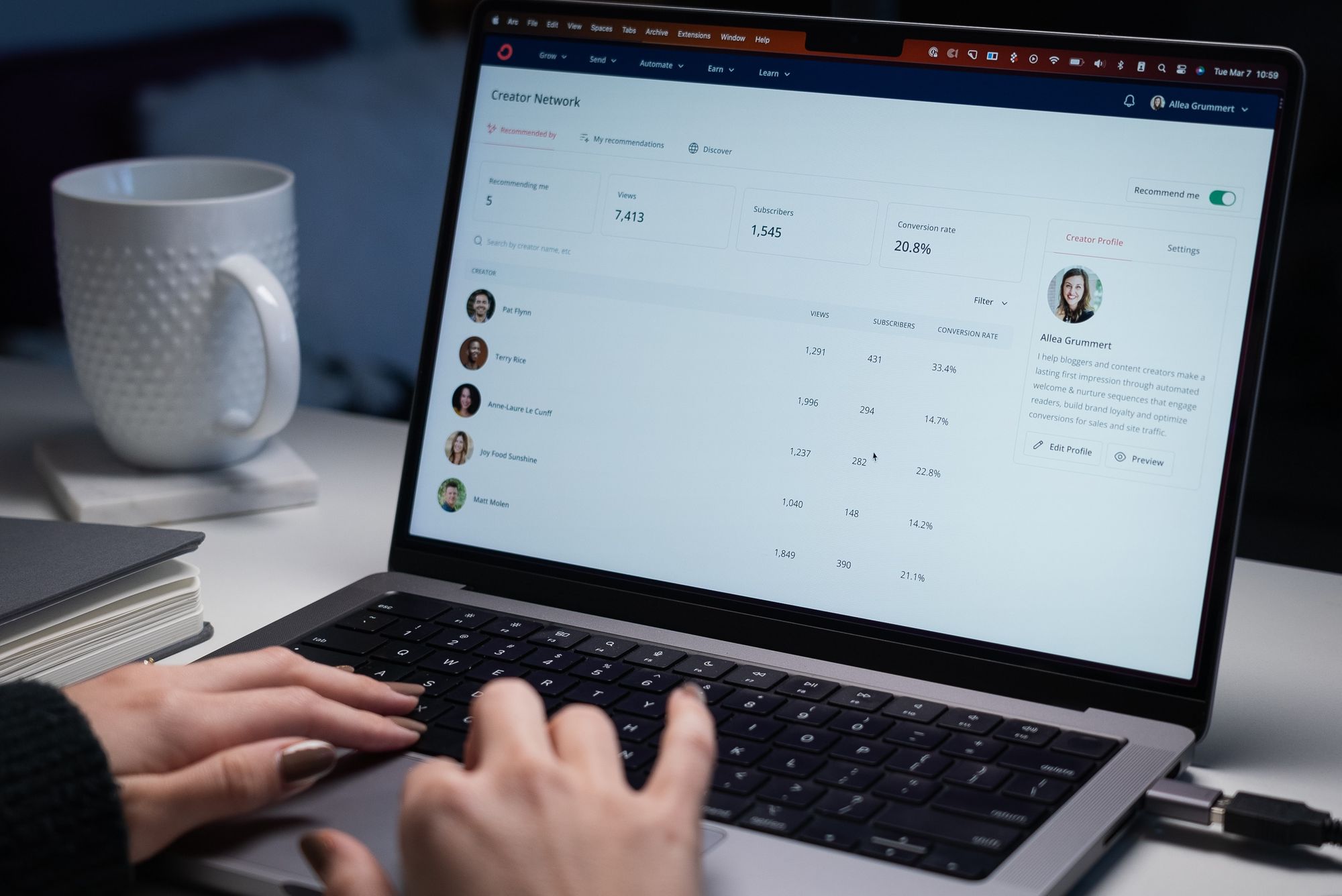Email verification messages play a crucial role in confirming user identities, securing online accounts, and enhancing user experience. Crafting effective and persuasive email verification messages not only encourages users to complete the verification process but also helps build trust and foster long-term engagement. In this comprehensive guide, we will delve into the world of email verification messages, exploring best practices, customization options, and commonly asked questions. By the end, you'll have the knowledge and tools to create compelling email verification messages that engage users and ensure the security of their accounts.
Understanding Email Verification Messages
Email verification messages are sent to users after they register for an online service or create a new account. These messages typically contain a verification link or code that the user needs to click or enter to confirm their email address and activate their account. The purpose of these messages is twofold: to validate the user's email address and to prevent unauthorized access to the account by ensuring that the email address belongs to the user.
Best Practices for Crafting Email Verification Messages

- Clear and Concise Subject Line: Use a subject line that clearly conveys the purpose of the email and grabs the recipient's attention. For example, "Please Verify Your Email Address to Activate Your Account."
- Personalized Greeting: Begin the email with a personalized greeting, addressing the user by their name. This helps create a friendly and personalized tone, increasing the likelihood of user engagement.
- Highlight the Importance of Verification: Clearly explain why email verification is necessary and how it benefits the user. Emphasize the security and account protection aspects to instill confidence in the verification process.
- Include a Call-to-Action (CTA): Place a prominent and visually appealing CTA button or link that directs users to verify their email address. Use action-oriented and persuasive language, such as "Verify Now" or "Activate My Account."
- Provide Clear Instructions: Clearly outline the steps the user needs to follow to complete the verification process. Break down the instructions into easy-to-understand and sequential steps, ensuring that users can navigate through the process effortlessly.
- Design and Branding: Design your email verification message to align with your brand identity. Use a professional layout, consistent colors, and fonts that reflect your brand. A visually appealing and well-designed email creates a positive user experience.
- Mobile-Friendly Formatting: Optimize your email verification message for mobile devices. With the increasing number of users accessing emails on smartphones, ensure that your email renders correctly and is easy to read on smaller screens.
Customization Options for Email Verification Messages

- Customized Sender Name and Address: Use a recognizable and trustworthy sender name and email address. This enhances the credibility of your email and increases the chances of users opening and engaging with it.
- Personalized Content: Leverage dynamic content to personalize the email verification message. Include the user's name, account details, and relevant information to make the message feel tailored to their specific situation.
- Additional Information: Consider including additional information in the email, such as links to your privacy policy, terms of service, or support resources. This provides users with comprehensive information and demonstrates transparency.
Commonly Asked Questions
Q1: Can I customize the email verification message template?
Yes, many platforms and services allow customization of the email verification message template. You can customize the subject line, content, formatting, and design elements to align with your brand and meet your specific requirements.
Q2: How can I ensure the security of the email verification process?
To enhance the security of the email verification process, use secure and encrypted connections when sending verification emails. Additionally, consider implementing additional security measures such as email expiration periods, CAPTCHA challenges, and IP address logging to prevent misuse or unauthorized access.
Q3: Should I include any additional information in the email verification message?
Including additional information, such as links to your privacy policy or support resources, can provide users with valuable information and build trust. However, keep the email concise and focused on the verification process to avoid overwhelming the user.
Q4: How can I track the effectiveness of my email verification messages?
Implement email tracking and analytics tools to monitor the performance of your email verification messages. Track metrics such as open rates, click-through rates, and conversion rates to measure user engagement and optimize your messaging strategy.
Conclusion
Crafting effective email verification messages is a vital aspect of user engagement and account security. By following best practices, personalizing content, and leveraging customization options, you can create compelling email verification messages that engage users, build trust, and enhance the security of their accounts. Keep in mind the importance of clear instructions, persuasive CTAs, and mobile-friendly formatting. Continuously evaluate the effectiveness of your email verification messages and make adjustments to optimize user engagement and account verification rates. With well-crafted email verification messages, you can ensure a seamless user experience while maintaining the highest standards of security and data protection.

